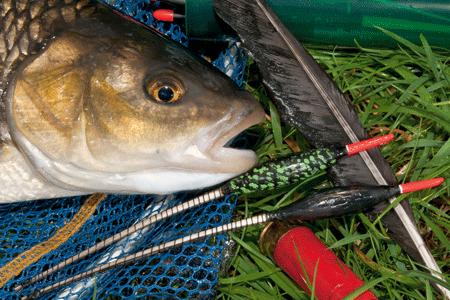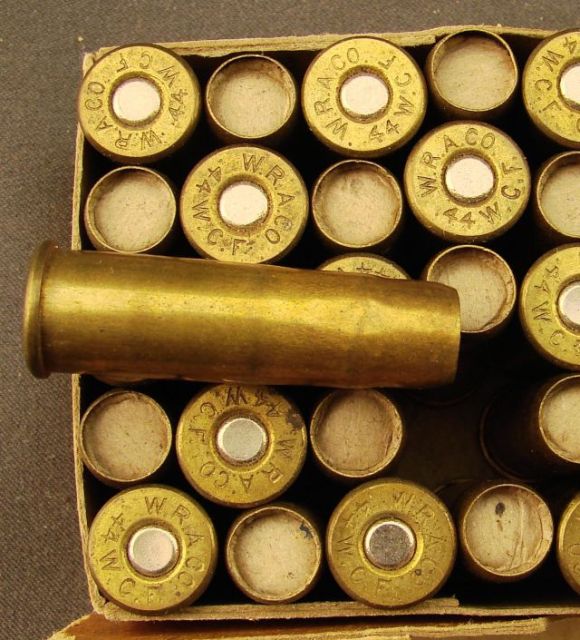Blocking/Holding
Question
1. Can an offensive lineman put his hands on the sides of a defender and grasp the jersey?
2. Can the OF put his hands on DL shoulder pads and lift and turn him?
Answer
Steve,
I had posted a very detailed answer but it seems not to have posted, so I will try to recreate my response.
1. Can an offensive lineman put his hands on the sides of a defender and grasp the jersey? - Technically no, but that is not necessarily a foul.
2. Can the OF put his hands on DL shoulder pads and lift and turn him? Generally yes to get position on his opponenet, however the phrase you use "lift and turn" makes me want to see an example of your play situation. The lifting part hints of holding.
A teammate of a ball carrier or a passer legally may block with his shoulders, his hands, the outer surface of his arms or any other part
of his body under the following provisions.
The hand(s) shall be:
(a) In advance of the elbow.
(b) Inside the frame of the opponent抯 body (Exception: When the
opponent turns his back to the blocker).
(c) At or below the shoulder(s) of the blocker and the opponent
(Exception: When the opponent squats, ducks or submarines).
(d) Apart and never in a locked position.
The hand(s) shall be open with the palm(s) facing the frame of the
opponent or closed or cupped with the palms not facing the opponent
Holding or illegal obstruction by a teammate of the ball carrier or passer applies to Rule 9-3-3-a: The hand(s) and arm(s) shall not be used to grasp, pull or encircle in any way that illegally impedes or illegally obstructs an opponent. The hand(s) or arm(s) shall not be used to hook, clamp or otherwise illegally impede or illegally obstruct an opponent
The rulebook provides "Illegal use of the hand or arm is unfair play, eliminates skill and does not belong in the game. The object of the game is to advance the ball by strategy, skill and speed without illegally holding your opponent. All coaches and players should thoroughly understand the rules for proper offensive and defensive use of the hands. Holding is a frequently called penalty; it is important to emphasize the severity of the penalty."
For holding/obstruction to rise to the level of a foul "something MUST happen, even if a player attempts to hold but the opponent
runs right through his attempt. No foul should be called.
Initial engagement may look like it meets the criteria of a hold but the blocker allows the defender to disengage cleanly [shirt stretch, shoulder dip] - that is not a foul. A blocker is allowed to work for and maintain his position. There are five (5) questions to ask and if the answer is Yes to the questions then the obstruction is a Hold. If the answer is no then it is not a foul for olding or it should not be called in most cases:
Does the hold occur at the point of attack?
?Does the offensive blocker gain an advantage and/or put the defensive player at a disadvantage by his action?
?Does the hold Effect on the play?
?Does the action of the offensive blocker [shirt stretch] have an effect on the success of the play?
?Does action of the defensive player influence offensive player technique?
Here are some Thoughts on Holding
1. Holding can sometimes be best determined by watching the disengagement.
2. Grasping an opponent抯 shirt doesn抰 necessarily meaning holding. When the shirt is stretched because a defensive player is trying to get away, it does.
3. Did the hold restrict the movement the defender is trying to make?
4. Was the defender still able to make penetration up the filed?
5. Was the defender still able to make or participate in the play?
6. Was the runner already past the point where the supposed hold took place?
7. Takedowns on defenders trying to get away are holding fouls.
There are three priorities in calling fouls (Fould that ALWAYS NEED TO BE called, Sometimes are called and Rarely called). The fooling are the priorities to holding fouls. You should also know that that thare are 6 catagories of holding.
PRIORITY 1
ALWAYS CALLED
Holds that result in Takedowns or Tackle or that are Safety Fouls
PRIORITY 2
SOMETIMES CALLED
Holding where the Stretched shirt, Out of Frame Grasp occurs
PRIORITY 3
RARELY OR NEVER CALLED
Face to Face Dancing with an opponent (within frame work), Double Team, Superior Legs or No Advantage by the hold.
CLASSIFICATIONS OF HOLDING
�� BEAR HUG Arms around opponent.
�� WRAP/GRAB & TURN Hands are on the outside of the shoulders and opponent is actually turned over to one side or the other.
�� SHOULDER DIP Player may have hands inside on the chest or outside on the shoulders. When the runner passes there is a noticeable dip in the shoulders of the opponent.
�� SHIRT STRETCH Player抯 hand inside on the chest, as players
disengage there is a clear stretch of the shirt.
�� PULLOVER It looks like the player is being run over by the opponent but has grabbed the shirt on the chest and has pulled the opponent down on himself.
�� GRAB OF LEG Generally done by a player who is on the ground. He will reach out and grab the opponent抯 leg.
The following rarely should ever be called a holding foul:
?Double Team Blocks.
?Potential holding on defender making a tackle for a loss.
?Holding away from the point of attack.
?Overpower an opponent.
Victor Winnek
NCAA Football Official
Throwing a spiral
Defensive Cut Block


